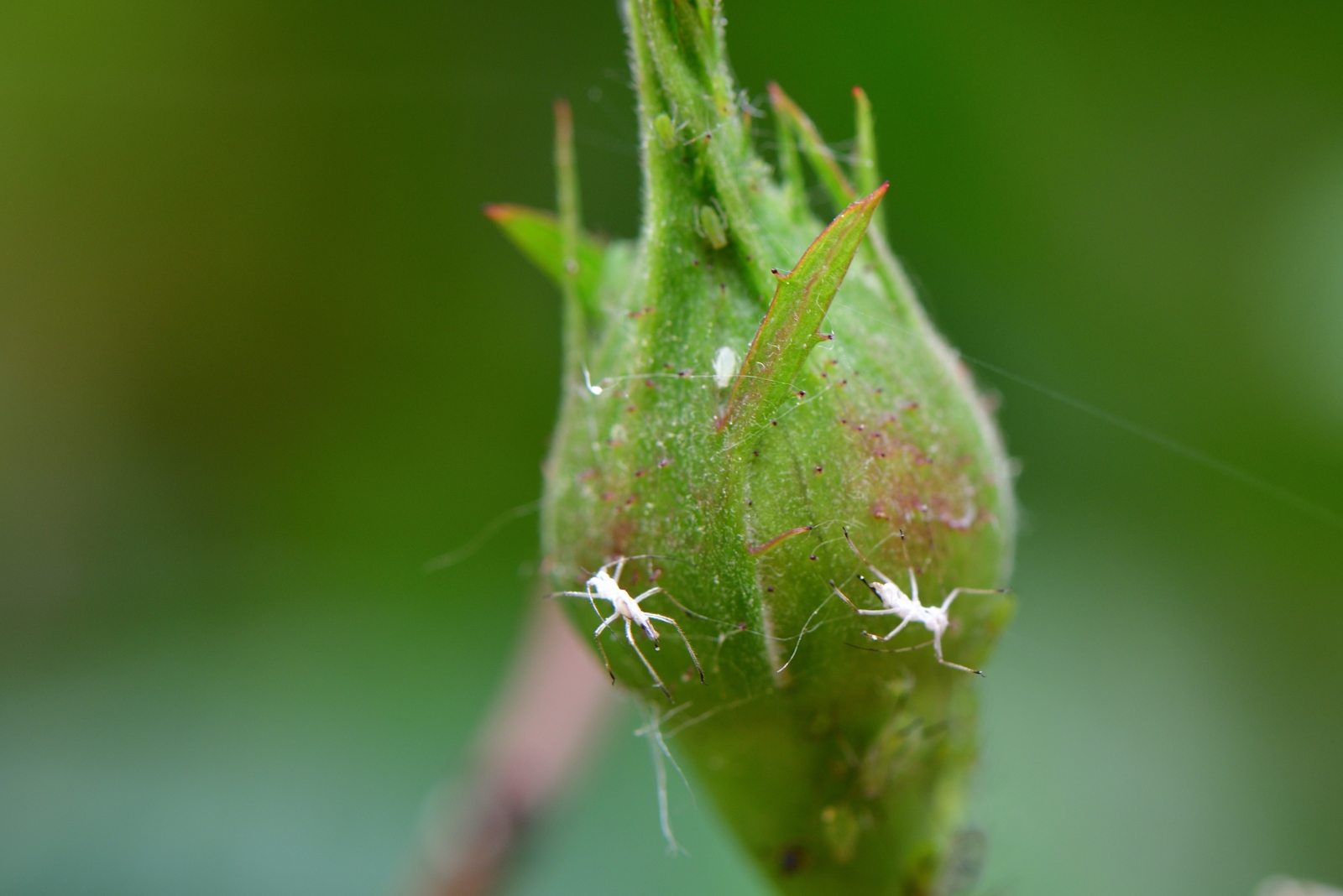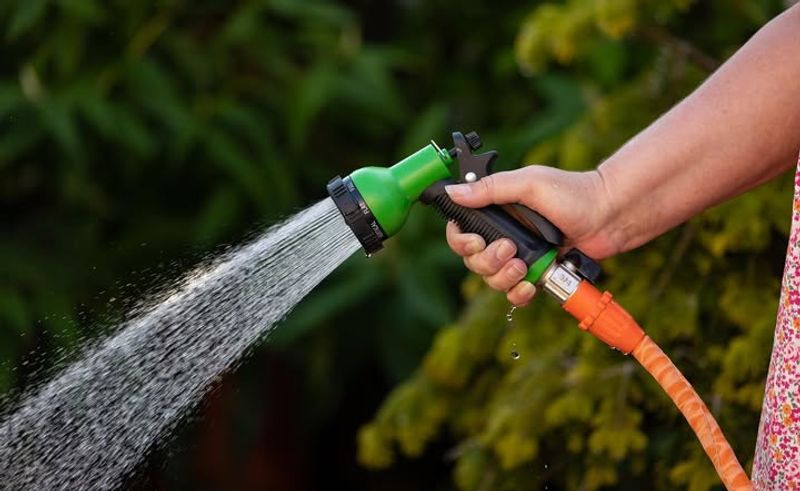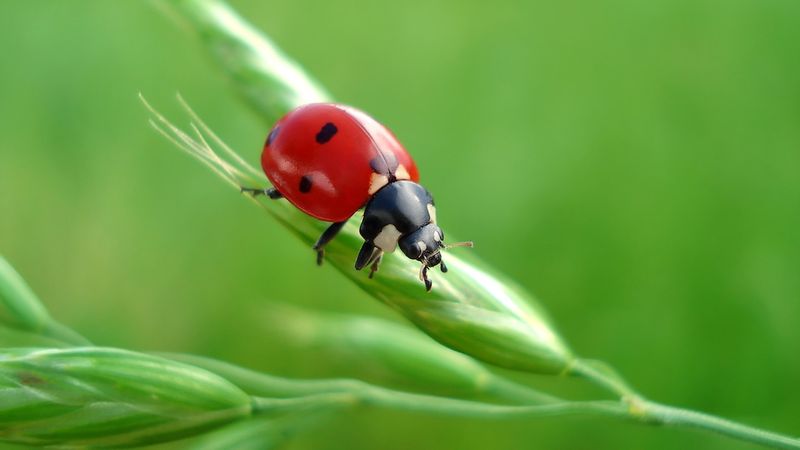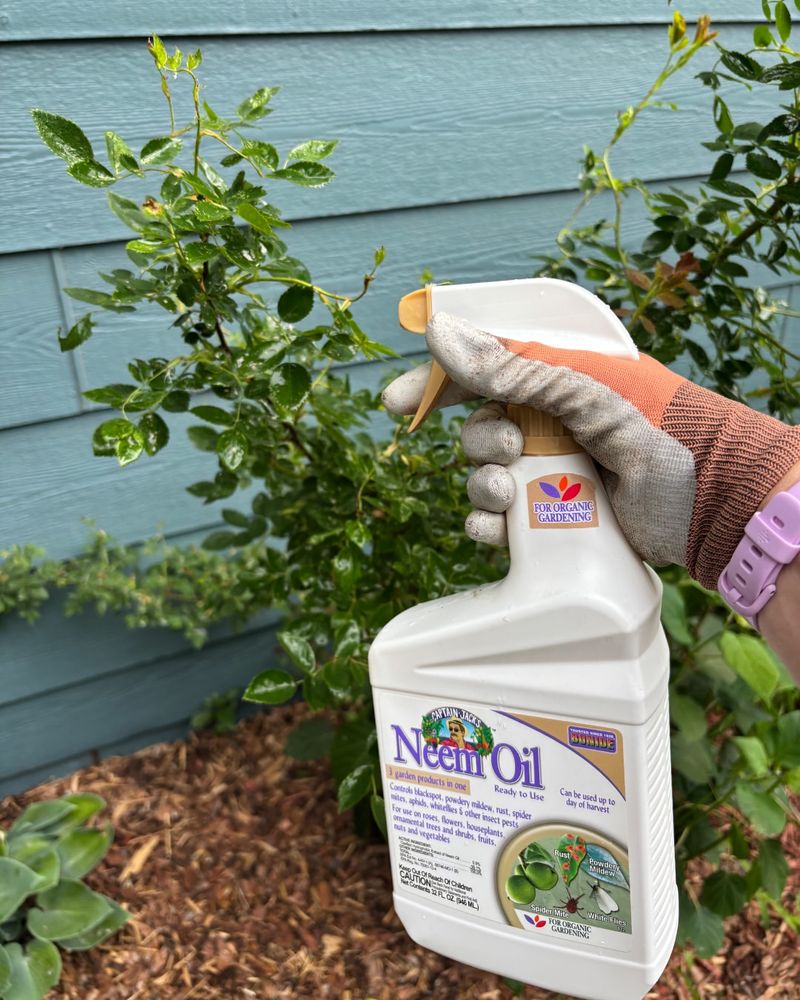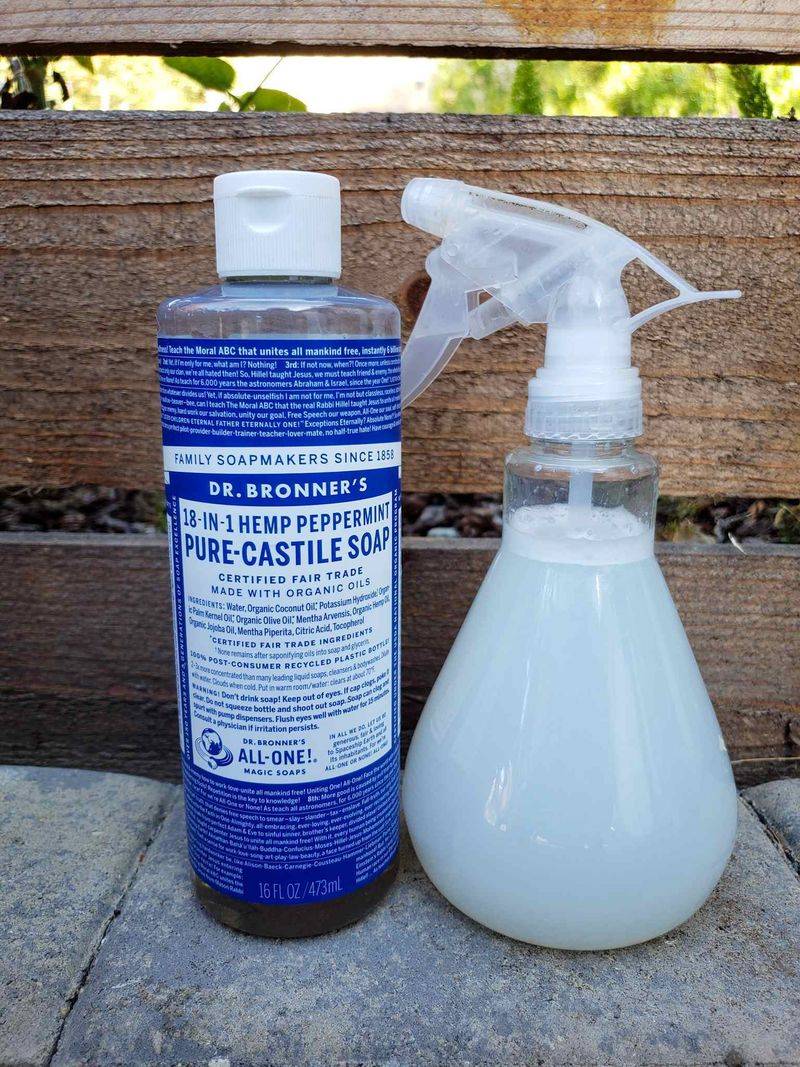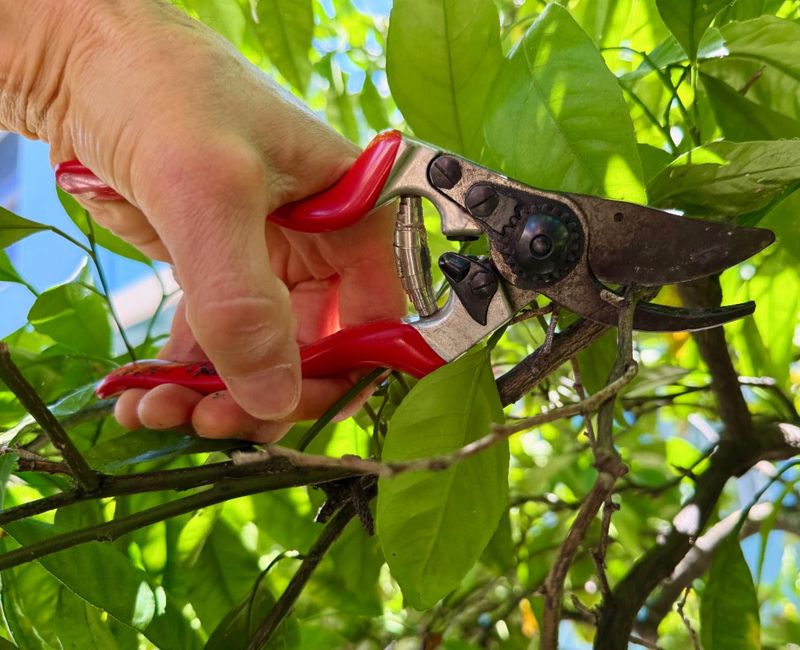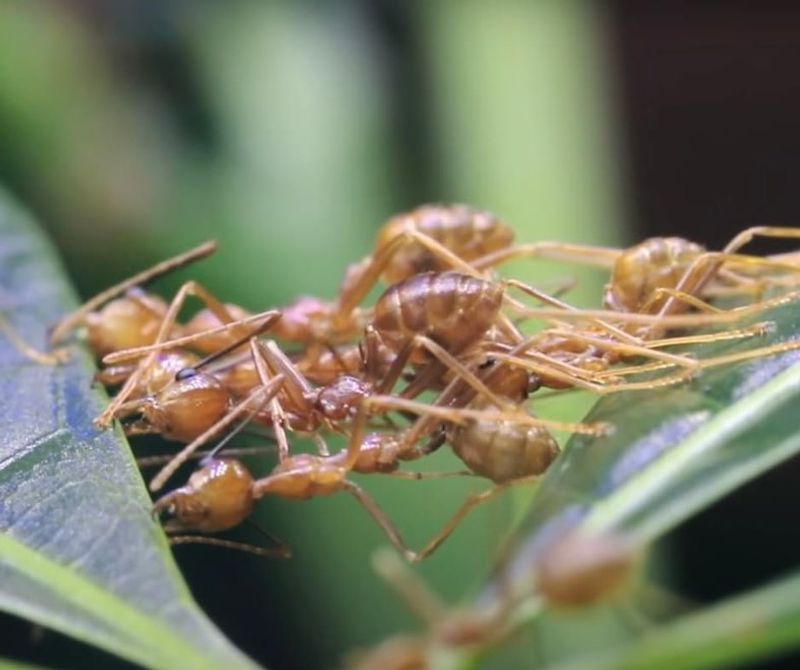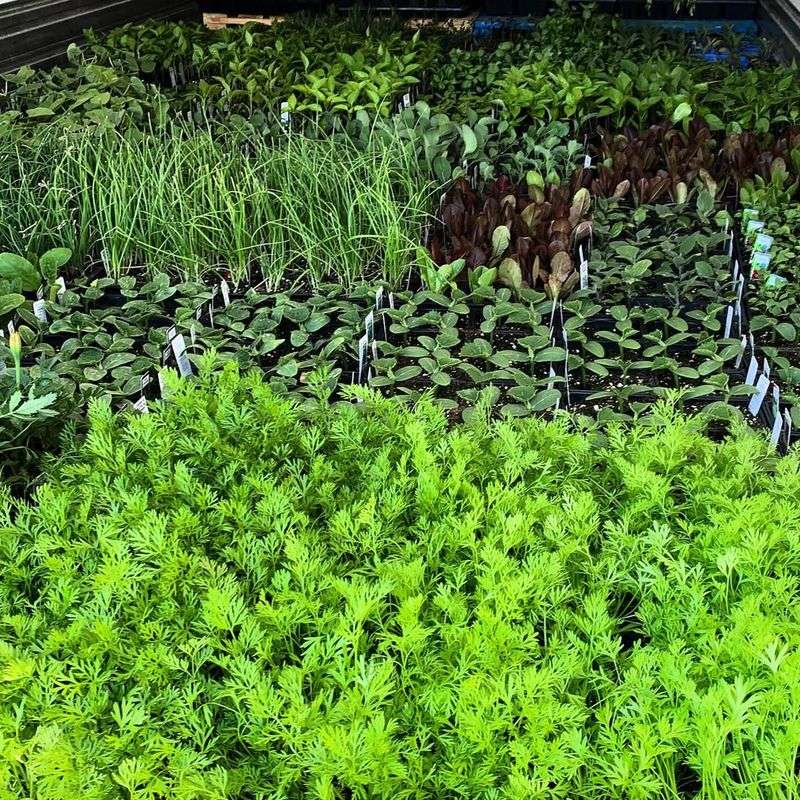Woolly aphids can turn your beautiful California garden into a sticky, cotton-covered mess. These tiny pests hide under white, fluffy wax that looks like cotton balls stuck to your plants, and they can seriously damage your trees and shrubs if left untreated.
Getting rid of them might seem tough, but with the right approach, you can protect your yard and keep these unwanted visitors away for good.
1. Blast Them Away With A Strong Water Spray
A powerful jet of water from your garden hose can knock woolly aphids right off your plants. Most garden hoses provide enough pressure to dislodge these pests without harming your California trees or shrubs.
Aim the spray at the undersides of leaves and branches where aphids love to hide. Repeat this process every few days for about two weeks to catch any stragglers that might have survived the first blast.
Early morning works best since plants can dry before nightfall.
2. Introduce Ladybugs And Other Natural Predators
Ladybugs are like tiny warriors that love munching on aphids all day long. You can buy them at California garden centers or online, then release them in your yard during the cooler evening hours so they stick around.
Lacewings and parasitic wasps also feast on woolly aphids and can help keep populations under control naturally. Creating a habitat with diverse plants encourages these beneficial insects to make your garden their permanent home.
Nature provides excellent pest control!
3. Apply Neem Oil As A Natural Treatment
Neem oil comes from a tropical tree and works wonders against woolly aphids without harsh chemicals. Mix it with water and a tiny bit of dish soap according to the bottle directions, then spray it directly on the affected areas.
This natural solution disrupts the aphids’ life cycle and prevents them from reproducing. Apply it every seven to ten days, preferably in the evening when temperatures are cooler in California and beneficial insects are less active.
Always test on a small area first.
4. Use Insecticidal Soap For Quick Results
Insecticidal soap breaks down the protective waxy coating on woolly aphids, causing them to dry out and die quickly. You can find ready-made versions at California garden stores or make your own by mixing mild liquid soap with water.
Spray thoroughly on all plant surfaces, especially where you see the cottony white clusters. The soap only works when wet, so good coverage matters a lot.
Reapply every four to seven days until the infestation clears up completely.
5. Prune And Destroy Heavily Infested Branches
Sometimes the best solution is removing branches that are completely covered in woolly aphids. Use clean, sharp pruning shears to cut off the worst sections, then seal them in a plastic bag before throwing them in the trash.
Never compost infested branches because the aphids could survive and spread back to your California plants. Pruning also improves air circulation around your trees and shrubs, making conditions less favorable for future aphid attacks.
6. Encourage Ant Control Around Your Plants
Ants actually protect woolly aphids because they love the sweet honeydew these pests produce. If you see ants marching up and down your California trees, they are probably farming aphids like tiny ranchers.
Break this partnership by placing sticky barriers around tree trunks or using ant baits near the base. Without ant protection, natural predators can access the aphids more easily.
Controlling ants makes all your other removal methods work much better and faster.
7. Maintain Healthy Plants Through Proper Care
Strong, healthy plants can resist woolly aphid attacks much better than stressed or weak ones. Water your trees and shrubs deeply but not too frequently, and use balanced fertilizer to keep them vigorous.
Avoid over-fertilizing with nitrogen, which produces soft new growth that aphids absolutely love. Regular inspection helps you catch problems early before they become serious infestations.
Prevention through good care beats dealing with major pest problems in California gardens every single time.

